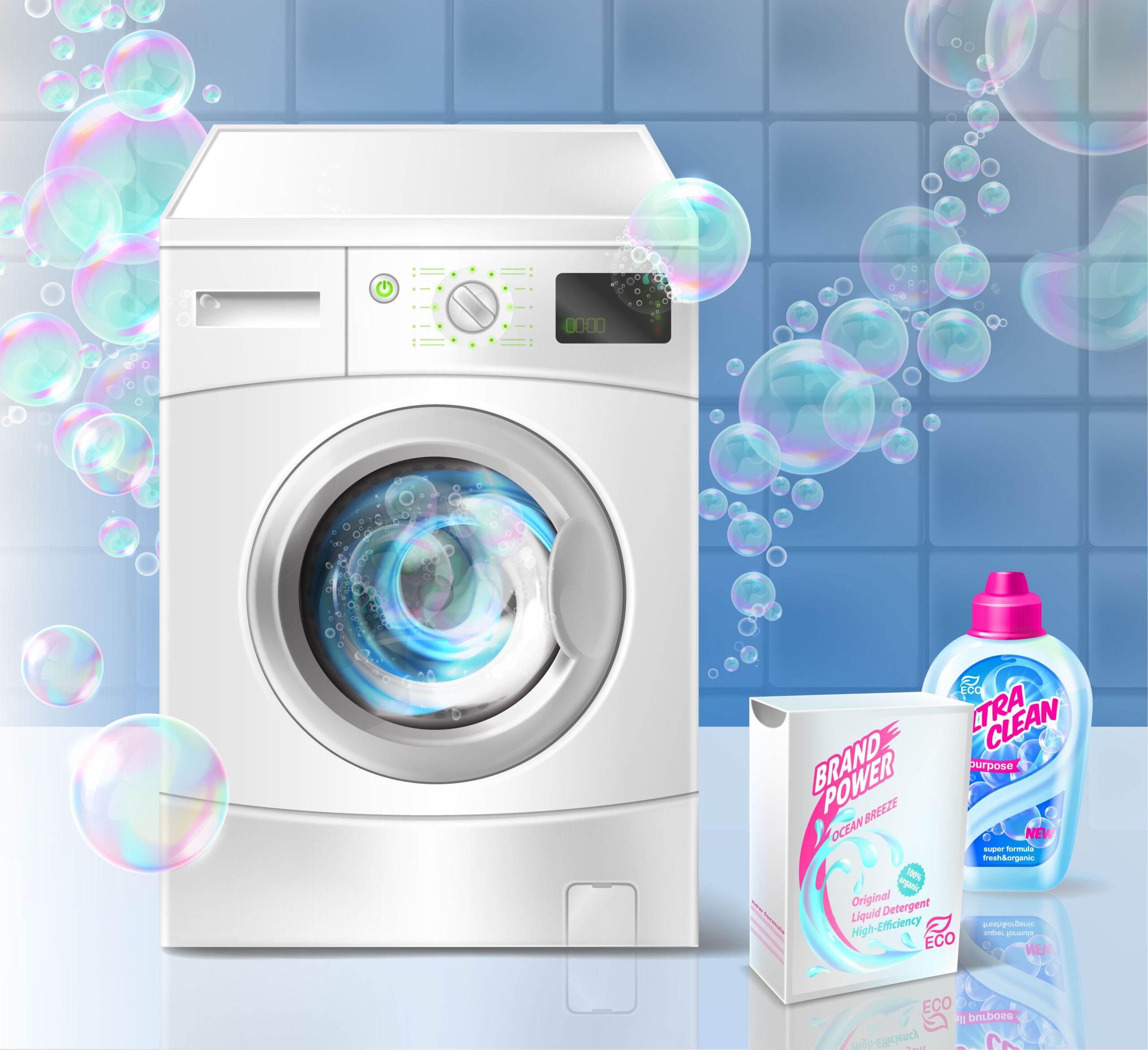
Introduction
Washing machines come in two primary types: automatic and manual. Each has its own set of features, advantages, and challenges. Knowing the differences between these machines is key to understanding which one suits your needs.
An automatic washing machine is designed to perform all washing and rinsing tasks with minimal user input, making it ideal for people with a busy lifestyle. On the other hand, a manual washing machine requires more hands-on involvement, but it can be a great choice for those who prefer to have more control over the washing process or need to save on electricity and water.
Understanding how to use both machines can optimize your laundry routine, regardless of which type you own.
Section 1: What is an Automatic Washing Machine?
Definition and Types of Automatic Washing Machines
An automatic washing machine is a fully self-operating device that automates the washing, rinsing, and spinning processes. There are two types: top-loading and front-loading. Both work similarly but vary in their design and efficiency.
Key Features of Automatic Washing Machines
- Water and Detergent Management: These machines automatically fill with water based on the load size and rinse clothes efficiently.
- Built-in Wash Cycles and Settings: Automatic machines come with various pre-programmed wash cycles like quick wash, heavy-duty, and delicate, allowing users to customize washes based on fabric type and soil levels.
Pros and Cons of Using an Automatic Washing Machine
Pros:
- Convenient with minimal manual effort.
- Water and detergent are managed automatically, making it energy-efficient.
- Multiple wash cycles for different fabric types.
Cons:
- Higher upfront cost compared to manual models.
- Requires a consistent water and power supply.
Step-by-Step Guide for Using an Automatic Washing Machine
- Sorting Laundry – Sort your laundry by color and fabric type to prevent color bleeding and damage.
- Loading the Washer – Carefully load the clothes into the drum, ensuring there’s space for movement. Avoid overloading to ensure effective washing.
- Adding Detergent – Pour the appropriate amount of detergent into the machine’s dispenser. Check the detergent instructions for the correct dosage.
- Selecting the Right Wash Cycle – Choose the appropriate wash cycle depending on the fabric type and the dirtiness of your clothes. Most machines have settings for delicate, normal, heavy, and quick washes.
- Starting the Machine – Close the door or lid, press the start button, and let the machine do the work.
- Unloading After Washing – Once the cycle is complete, remove clothes promptly to prevent wrinkles and mildew buildup.
Section 2: What is a Manual Washing Machine?
Explanation of Manual Washing Machines
A manual washing machine requires the user to perform more physical tasks, such as agitating, soaking, and rinsing. These machines can range from hand-powered models to twin tubs, which have separate wash and spin sections.
Key Features of Manual Washing Machines
- Physical Involvement: Manual washing machines require you to actively participate by adding water, detergent, and manually agitating or scrubbing clothes.
- Control Over Water and Detergent: Users have full control over the amount of water and detergent used, which can help with conservation.
Pros and Cons of Using a Manual Washing Machine
Pros:
- Lower initial cost compared to automatic machines.
- More control over the washing process.
- Ideal for places with limited electricity supply.
Cons:
- Requires more physical effort.
- Takes longer than automatic machines.
- Less water-efficient if not managed carefully.
Step-by-Step Guide for Using a Manual Washing Machine
- Preparing the Laundry – Sort clothes by fabric type and color. This helps avoid color transfer and fabric damage.
- Filling the Machine with Water – Add the right amount of water to the tub, ensuring clothes are submerged for an effective wash.
- Adding Detergent – Add detergent to the water. You may need to mix it by hand to ensure it dissolves properly.
- Washing the Clothes – Agitate the clothes by hand or use the manual agitator (if the machine has one). Scrub stubborn stains with a washboard or scrub brush for deeper cleaning.
- Rinsing the Clothes – Drain the soapy water and refill with clean water to rinse the clothes. Repeat the process until all detergent is removed.
- Wringing and Drying – Wring out excess water from clothes manually or with a wringer. Hang clothes to air dry or use a drying rack.
Section 3: Key Differences Between Automatic and Manual Washing Machines
- Ease of Use: Automatic machines are easier to use because they require little input, while manual machines demand more physical involvement.
- Water and Energy Consumption: Automatic washing machines tend to be more energy-efficient, but manual machines allow for more control over water usage.
- Time Efficiency: Automatic machines are faster in washing clothes, as they perform all tasks automatically, whereas manual machines take longer due to the hands-on process.
- Cost Considerations: While automatic machines have a higher upfront cost, manual machines are more affordable, making them ideal for those on a budget.
Section 4: Which Type of Washing Machine is Right for You?
Choosing between an automatic or manual washing machine depends on several factors:
- Space Availability: Automatic machines need a stable power and water supply, while manual machines can be used in places with limited resources.
- Budget: Manual washing machines are less expensive, while automatic machines have a higher cost but save time and effort in the long run.
- Laundry Needs: If you do laundry frequently, an automatic machine may be more suitable. If you have fewer loads, a manual machine might suffice.
- Access to Power or Water Supply: If you’re in an area with inconsistent electricity or water supply, a manual washing machine may be the better choice.
Conclusion
Understanding how to operate both automatic and manual washing machines allows you to make the best choice for your home and lifestyle. Automatic machines offer convenience and time-saving features, while manual machines offer affordability and greater control over water and detergent usage. Whether you choose one or the other, knowing how to use these machines properly will ensure your laundry comes out clean and well-cared-for.




